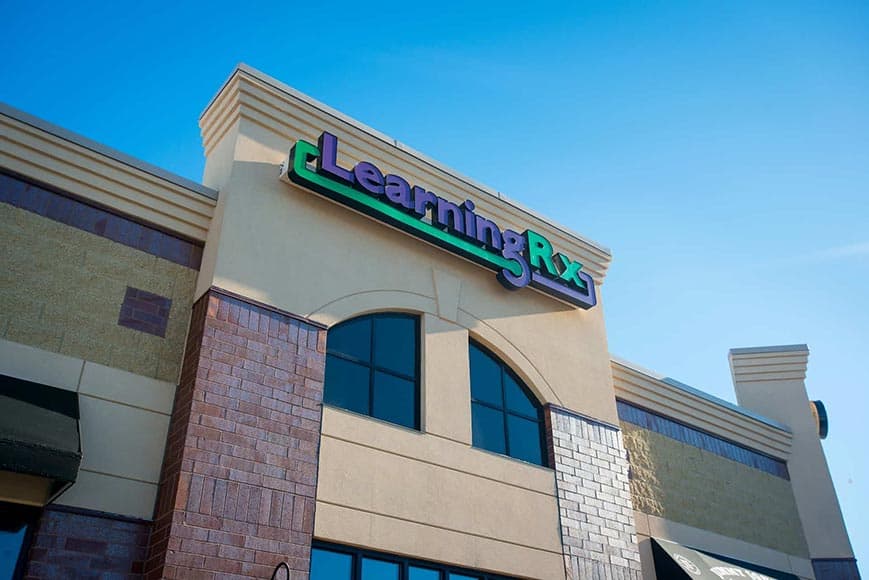ADHD & ADD Symptoms: Info for Parents in Peoria
The first step to finding help with attention deficit hyperactivity disorder is to understand ADD and ADHD symptoms.
Symptoms of ADD or ADHD depend on a person’s diagnosis. Today, ADHD is broken down into three different types, and each type of ADHD has its own symptoms.
The three types of ADHD are:
- Hyperactive-Impulsive ADHD, which is characterized by hyperactivity without inattentiveness.
- Inattentive ADHD (aka ADD), which is characterized by inattention without hyperactivity.
- Combined ADHD, which is characterized by both inattention and hyperactivity. Combined ADHD is the most common of the three types.
It may surprise you to learn that ADD itself is no longer an official diagnosis. However, many people still use the term “ADD” to refer to inattentive ADHD.
A person’s ADHD symptoms will vary depending on which of these three disorders is present. In order to diagnose a person as ADHD, these symptoms typically need to meet three criteria:
- The symptoms of ADHD must be present before the person is three years old.
- ADHD symptoms must be present in more than one setting, e.g., at home and at school.
- The symptoms must have a negative effect on the person’s ability to function at school, at work and/or in social settings.
Common Symptoms of ADHD
ADD and ADHD symptoms are commonly broken down into three categories. If you or your child have ADHD, you may notice symptoms from one or more of these categories.
Inattention
- Has low “attention to detail” skills, tending to produce work that shows careless mistakes and is messy
- Can be easily distracted by small noises and sights that would escape the notice of most people
- Has difficulty maintaining attention on a project or task
- Changes from one task to another without completing either task
- Has a tendency to procrastinate
- Can be disorganized and/or forgetful
- Does not complete tasks, homework, chores, etc.
- Has a hard time listening and paying attention during a conversation
- Has difficulty remembering or following directions during games or in social situations
Hyperactivity
- Has a tendency to be fidgety or squirmy while seated
- Frequently leaves seat to walk or run around
- Is prone to run or climb on things even in social settings that do not facilitate running and climbing. Teens and adults may simply appear restless in a social setting.
- Has difficulty with relaxing or simply playing quietly
- Has a tendency to be always moving
- Is prone to excessive chatter
Impulsivity
- Can be impatient
- Interrupts others, in the classroom or socially
- Answers questions while the question is still being asked; often forgets to raise a hand to answer
- Doesn’t wait in turn
- Has a tendency to intrude or interrupt to the point of friction / conflict with others
Brain Training for ADD & ADHD
If you suspect that the symptoms you are seeing in yourself or your child are symptoms of ADHD, you can schedule a Brain Skills Assessment at your local LearningRx. We have an extensive history of working with kids and adults with ADHD, and we create individualized learning plans for clients with an ADHD diagnosis.
If you or your child is having trouble paying attention, but other symptoms of ADHD are not present, we also encourage you to contact LearningRx. Brain training can help improve attention skills in kids and adults without an ADHD diagnosis, as well as related skills, like working memory.
Are you or your child exhibiting ADHD symptoms? Contact LearningRx today to learn more about our custom learning plans for kids and adults with ADHD.
Disclaimer: LearningRx helps clients with ADHD by targeting and training cognitive skills such as attention, working memory, and processing speed. Please note that we do not diagnose ADHD, and brain training is not a cure for ADHD.








